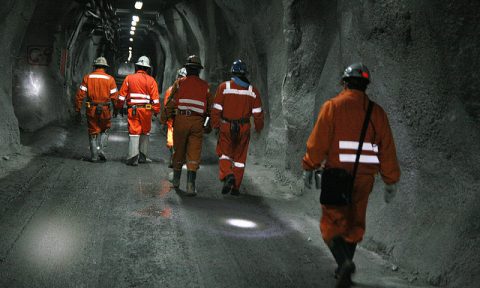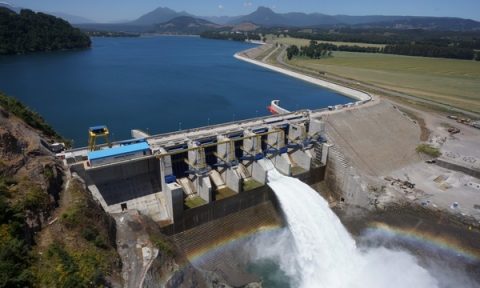Robot is developed to improve safety in Latin America mines

20-06-2012 Globovisión.com – Noticias
University of Sidney is developing a new generation of robots that would improve safety conditions in mining sector in Latin America, besides other agricultural, archeological, and biological survey activities.
Director of Field Robotic Center at University of Sidney, the Argentinian Eduardo Nebot, has declared to Efe that accidents like the one occurred in Chilean San José mine urge for applying new technologies to improve safety conditions in mines.
Breaking down in San José mine, located about 30 kilometers north-east Copiapó, had 33 miners caught at 720 meters depth for 70 days.
Nebot stated that the centre he leads is working on “developing new autonomous technologies aimed at reducing adverse conditions” and avoid presence of human being in underground areas where collapse risks exist or in areas providing poor visibility because of misty, rainy or snowy conditions.
Other robots will be produced by this center with funds coming from large size mining companies to improve search and extraction of quality minerals, reduce environmental impact, and avoid ecological disasters such as those caused by contaminant substances leaks or replace workers by robots in repetitive and tedious tasks.
The Argentinian investigator said that several projects are being developed with Argentina and Chile focused on mining safety and then he added that he is leading a program financed by the Australian Cooperation Organization “to improve safety conditions in Latin American mines”.
The center, considered as the largest center worldwide for field robotics investigations, also designs autonomous robots that will assist in safety and defense tasks, environment protection, and for heavy or dangerous loads transportation purposes.
Professor Stefan Williams explained that one of biggest difficulties is creating robots that are able to “learn and understand their surroundings” and “making decisions by themselves” which are necessary skills in robotics applications for surveillance or weeds killing.
Williams indicated that these new inventions they are working on do not necessarily look like a traditional robot and he set as an example the autonomous seven meter-height vehicle they have designed to discharge alone all containers from a ship, or a toy-size helicopter to spray pesticides.
Scientists of University of Sidney have invented an autonomous device to study the seabed which has made very clear photographs of a submerged city ruins showing the deterioration of submarine environment.
Mari Velonaki and David Rye are the creators of Diamandini, a 1.55 meter-height non-android provided with built-in laser scanner and camera, and great mobility skills.
Diamandini will help investigators to expand interaction between robots and humans in social spaces through their movements and at a later stage by contact.
Nebot stated that many works related with military and defense fields that are being carried out in the center have been classified as confidential but they do not represent more than ten percent of total projects being developed.











